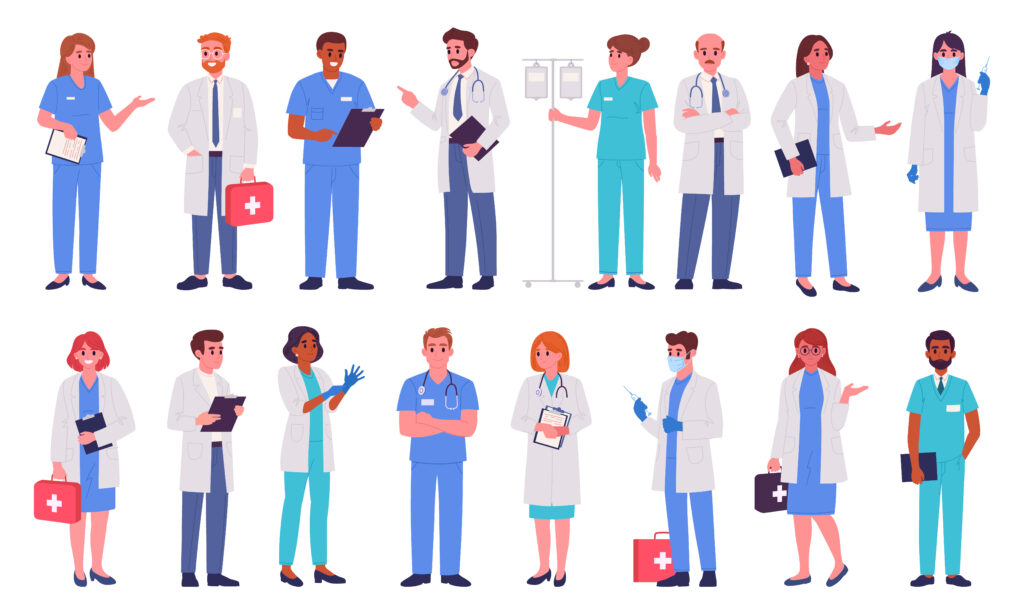jobs
TagWhy Nurses Are Switching to Nursing Informatics in 2025 [Real Stories]
Nursing informatics continues to experience unprecedented growth, with 70,000 new positions expected to emerge soon. The healthcare industry depends more on data now, which creates opportunities across all nursing sectors. Today, 96 percent of U.S…
The Most In-Demand Specialties for NPs and PAs in 2024
As we near the end of 2024, the roles of Nurse Practitioners (NPs) and Physician Assistants (PAs) have become increasingly vital in the healthcare system. With a growing emphasis on accessible, high-quality patient care, these professionals are st…
The Job Market for Nurses Today: Opportunities, Challenges, and the Future
The nursing profession has always been a cornerstone of the healthcare system, and today, its significance is more pronounced than ever. The job market for nurses is experiencing remarkable shifts driven by global health challenges, an aging popul…
Navigating the Shortage of Healthcare Workers: Innovative Recruitment and Retention Strategies
The shortage of healthcare workers is an ongoing challenge impacting hospitals and clinics worldwide. As demand continues to rise due to an aging population and increasing chronic conditions, innovative recruitment and retention strategies are ess…
Figuring Out the Yay or Nay to a New Career Opportunity
The Role of Mentorship in Career Decisions
Maybe you formally view yourself as a mentor or maybe you don’t, but at some point, just about all of us unwittingly play that role in our careers.
The Request for Guidance
Let’s say, for example, a nu…
The Impact of Social Workers on Patient Outcomes in Healthcare Facilities
Social workers wear a lot of hats. While their primary responsibility is to help people in need this obligation can take many forms. We think often of social workers in the context of family life. Kids. Children struggling with something at school…
The High-Demand Nursing Careers and Why There’s a Shortage of Candidates
You needn’t look very far to hear stories about nursing shortages. Where once staffing issues were a problem reserved for rural hospitals or other isolated areas, now they are experienced almost nationwide. It is a pervasive issue that has been be…
The Impact of COVID-19 on Healthcare Staffing and Employment
The COVID-19 pandemic has profoundly reshaped the healthcare staffing landscape, creating unprecedented challenges and opportunities for the industry. This seismic shift has affected everything from workforce demands to employment practices, leavi…
Sustainability in Healthcare: Green Careers on the Rise
Sustainability is becoming a critical focus in healthcare, driving the demand for green careers that prioritize environmental responsibility. As healthcare organizations strive to reduce their environmental footprint, new roles and opportunities a…
Navigating the Shift to Value-Based Care: Implications for Healthcare Professionals
The healthcare industry is undergoing a seismic shift from the traditional fee-for-service model to value-based care (VBC). This transition is not just changing how healthcare is delivered and reimbursed; it’s fundamentally altering the roles and …

![Why Nurses Are Switching to Nursing Informatics in 2025 [Real Stories]](https://blog.healthjobsnationwide.com/wp-content/uploads/2025/02/5f9eb8d4-edfb-4608-85a7-bce597fbf3ee-1024x585.png)








